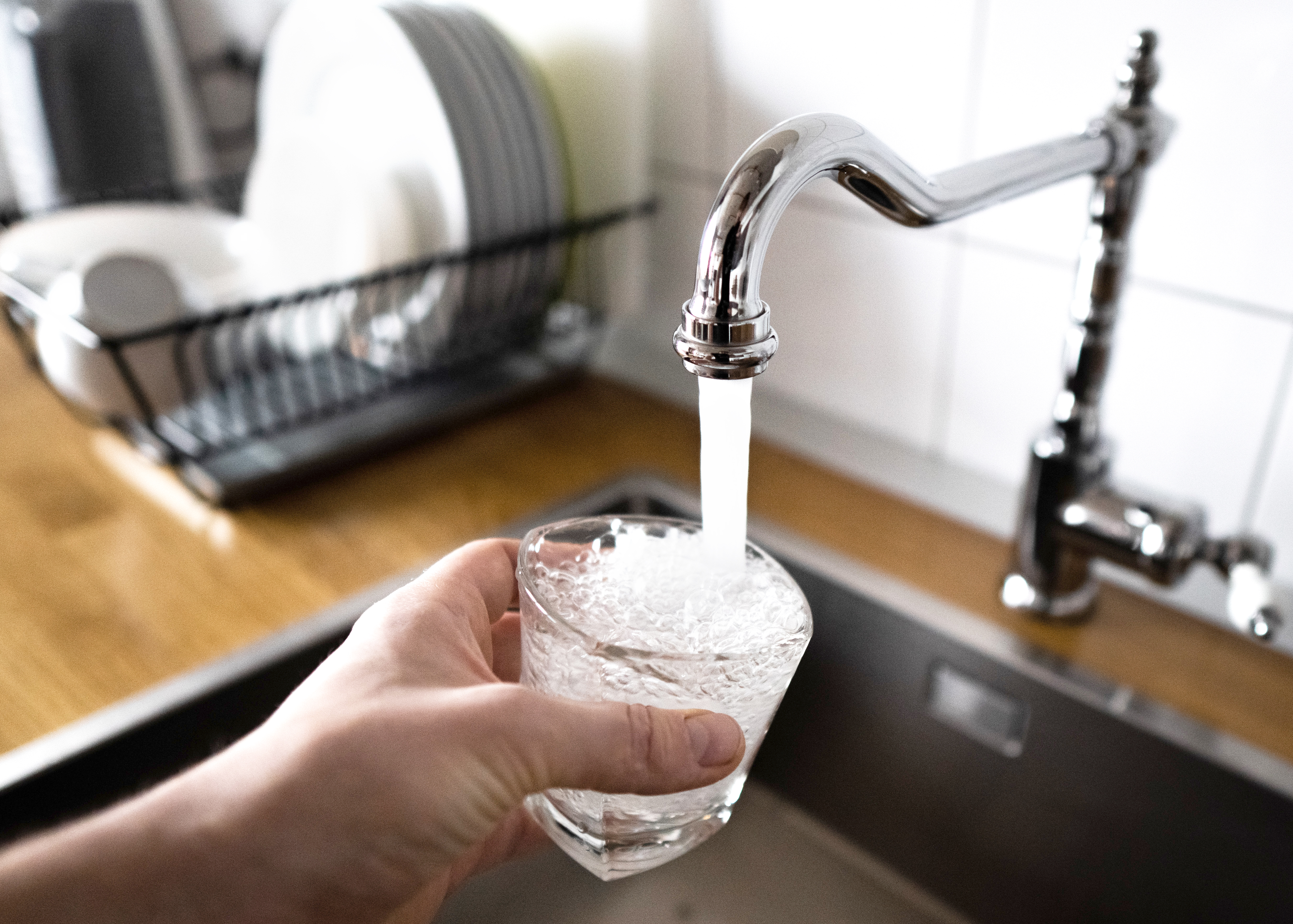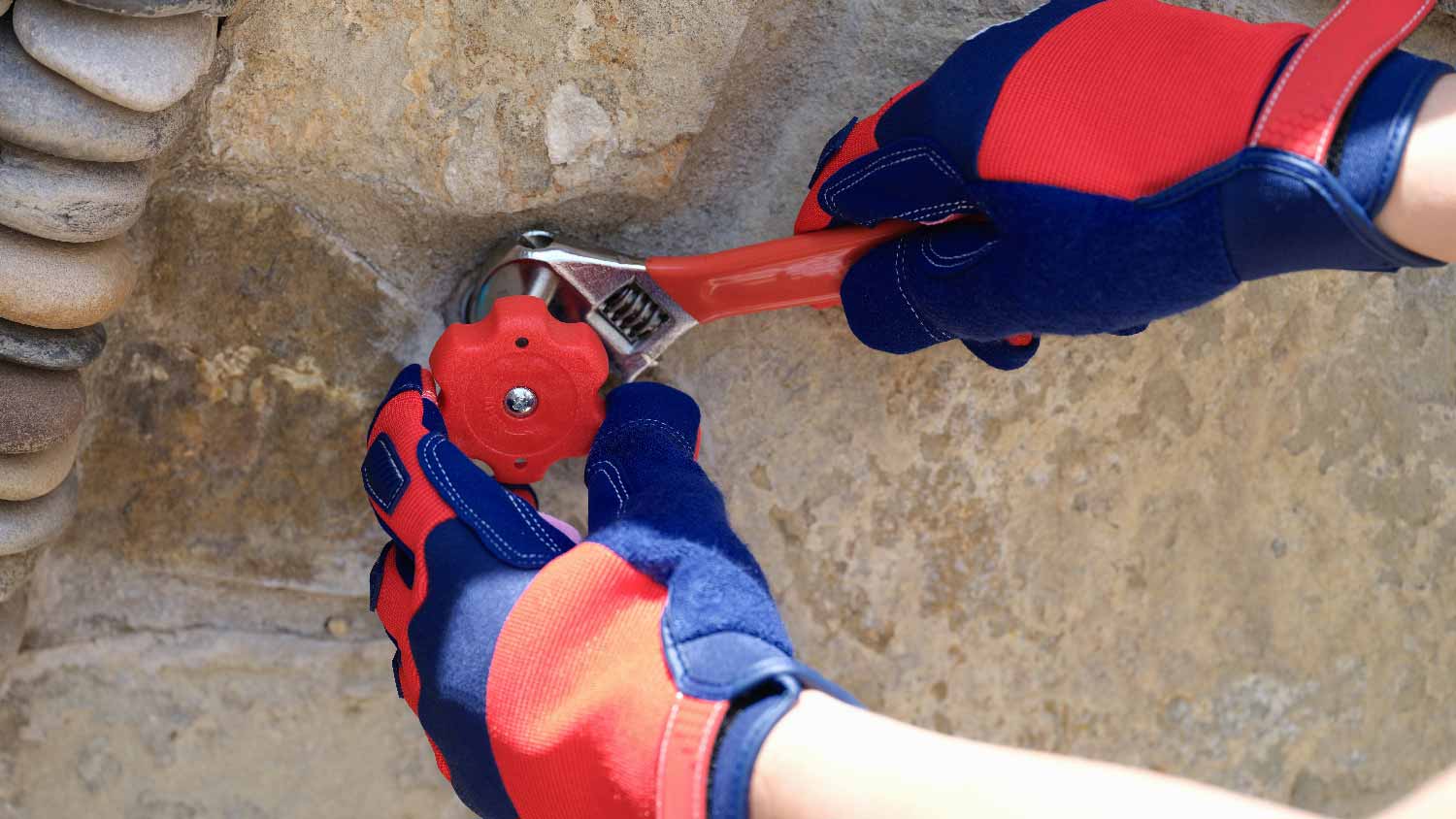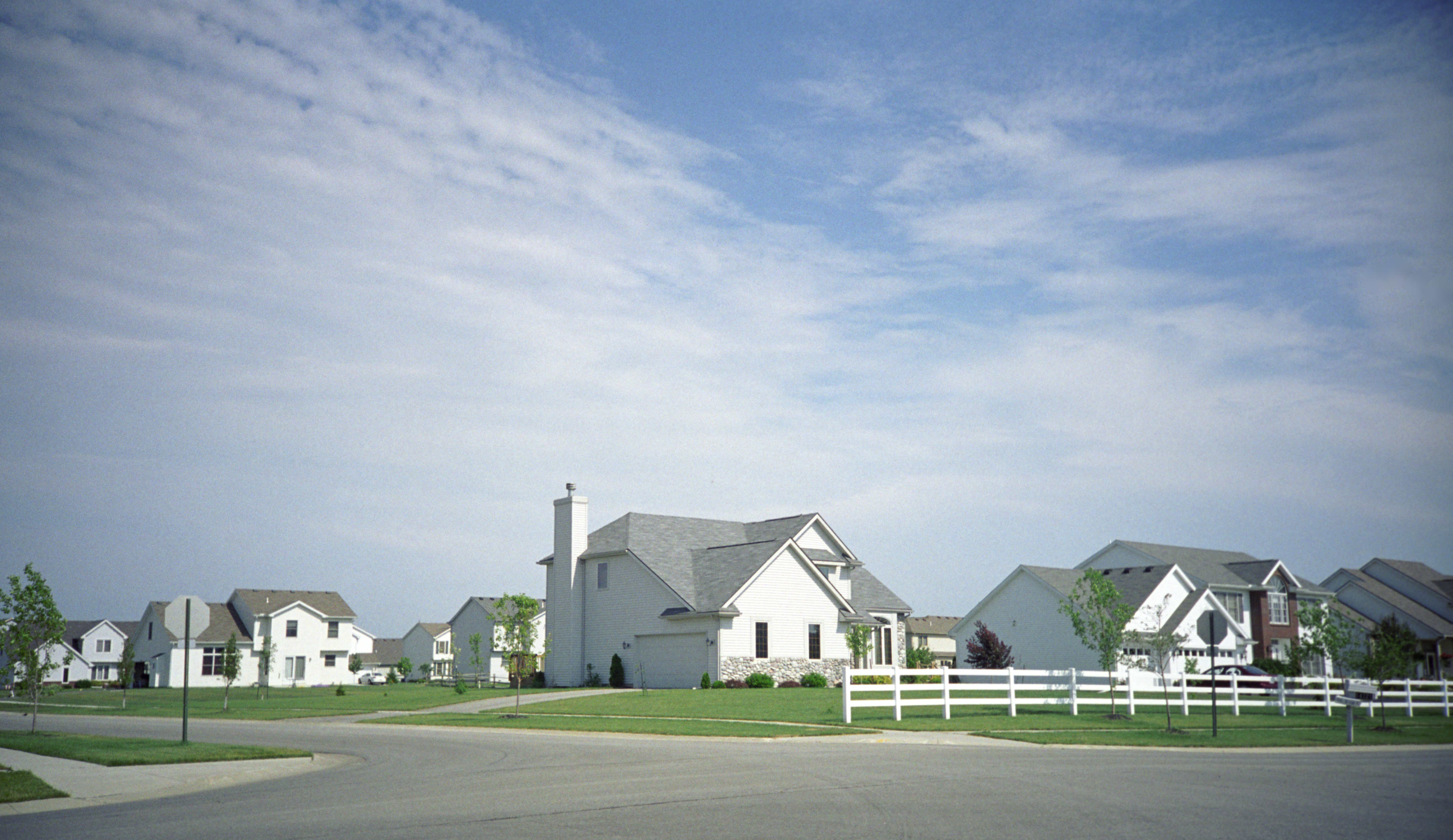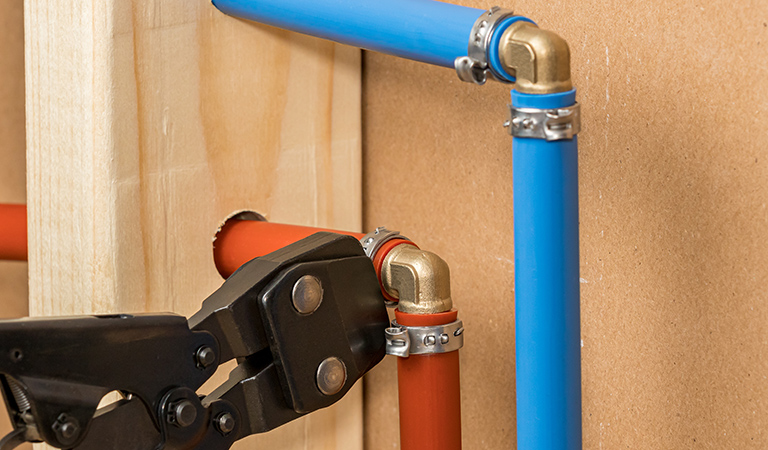
Learn about main water line repair costs in Columbus and what affects pricing to be prepared before you start getting estimates.
Is a plumber your ticket to a new spigot?


Exterior spigots offer a lot of convenience if you frequently use water outside, like watering plants or washing your car. But if the spigot starts dripping despite being turned off or gushes like a geyser every time you turn it on, it won’t be long before your water bill and yard become a deluge. If that happens, do you know if you need a plumber to replace the outdoor spigot?
If you're handy enough to know the layout of your local hardware store, you could probably replace a leaky exterior spigot with no problems. But if replacing a plumbing part makes you nervous or you want to get rid of the old spigot and install a brand new one, it's best to hire a licensed plumber.
It can be hard to find a good plumber, but I found one! I've hired Nick with Plumb Poppin twice and was extremely pleased with both jobs he completed for me. One of the jobs required busting through our slab to replace pipes that had gone bad. He took the time to explain what he had to do to fix the problem, and patiently answered my questions. It was a messy job and he cleaned the areas afterward so well you couldn't even tell the work had been done. He also installed a water filtration system for me. He was on time, has an excellent attitude, is very knowledgeable and quick thinking if a problem pops up. (I live in an older house.) His prices are more than reasonable and he backs up his work! I wouldn't hesitate to hire him, and will be using his services for any future issues I have.
A licensed plumber knows how water lines, pipeworks, and other complex plumbing structures work. If you need to install new spigots, pipes, or anything else that involves digging into water lines, it's too complicated to do on your own.
Local plumbers are also familiar with the specific plumbing codes in your area. Plenty of plumbing issues are universal; a leaky faucet will run up your water bill and warp your flooring, whether it's in Oregon or Georgia. But when you hire a local plumbing service, you can be confident that they're familiar with the regulations and plumbing quirks where you live. For instance, if homes date back a century or more where you live and still have many of their original fixtures, a local plumber likely knows how to get your spigot functional with an original replacement part or a close replica.
Replacing a spigot is a fairly easy task, even for inexperienced plumbers. But the process is more complex than just turning a wrench, especially if you want to install an entirely new one or relocate it to a more efficient spot. In these cases, you definitely need to call professionals.
If your faulty spigot proves to be difficult to fix, it could require going into your home's walls or underneath the house to work on the pipes. A plumber who knows their way in and out of pipeworks is better equipped for this than most average DIYers. This is especially true if other parts of your home join the party once the spigot leaks.
This ultimately depends on how much confidence you have in your handy skills. Parts wear down and break over time, and your leaky spigot may just be fixed with a replacement part. But if it feels like you're being blasted with a fire hose every time you turn it on, you might have bigger problems at hand than a broken part. If a leak somewhere outdoors has sprung, you can quickly be in over your head.
Most outdoor faucets are hose bibs. They are relatively inexpensive, about $10 to $60 apiece. Weather can beat down on your outdoor faucet in addition to normal wear and tear, but a frost-free model with some winter defense can help fight against that for an additional $15 to $40 apiece. But the job doesn't stop at the hose bib alone: You'll need to work with other components, like the pipes that the spigot is connected to. If you don’t install a hose bib correctly, it can redirect that leak inside your home, and you can kiss your favorite carpet and mold-free living space goodbye.
We don’t recommend that any non-plumbers take on this task. You could seriously damage parts of your home if you don’t have some real experience replacing plumbing parts and installing more advanced components. It's very easy to accidentally apply too much pressure to the pipes and turn a small puddle into one of the Great Lakes. You should definitely call a local plumber who knows exactly what to do.

Jack-of-all-trades handypeople will work wonderfully for some repair jobs. But if you need an outdoor spigot replaced, you absolutely need a licensed plumber.
A handyperson may have a good idea of what parts you’ll need and know their way around pipeworks. However, only a plumber should work the job if it involves creating a water line or cutting into an existing one, and there’s a good chance that it will. If your spigot has the opposite problem and suddenly stops working, it’s likely a clog or hard water build-up, which most general handypeople can easily handle.
Keep in mind that licensed local plumbers have the proper bonding and insurance to handle all types of work related to anything in your plumbing system. A handyperson can help you with lower-stakes jobs, but you need a plumber if it involves extensive work with pipes, moving water, or going underground.
If a plumber determines that you don't have any outdoor leaks or leaks that made their way indoors, they can replace your hose bib. They might offer additional weatherproofing, like a frost-free model and other safeguards against extreme weather conditions.
The plumber will brace your piping and apply the right amount of pressure to remove the faucet and replace it with a new one. If need be, they'll also go into the crawlspace or under your house to work on the pipes connected to the spigot.
If an entirely new spigot needs to be installed, as opposed to a part needing to be replaced, the plumber will seek out the water lines you currently have. This usually requires running a new pipe to the new spigot by way of digging a trench from the water line—not exactly your everyday DIY task.
From average costs to expert advice, get all the answers you need to get your job done.

Learn about main water line repair costs in Columbus and what affects pricing to be prepared before you start getting estimates.

Discover the leading factors affecting your main water line replacement cost in Columbus, including length, material selection, and installation details.

Learn how much plumbers cost in Columbus, Ohio. Discover pricing for faucet repairs, pipe work, and emergency services, plus how you can save money.

Need to create a residential plumbing design layout but don’t know where to start? Learn essential plumbing components to create the perfect layout for your home.

If you’re not sure who to call to replace your toilet, a licensed plumber is likely your best bet. They’ll make sure everything is installed and sealed properly.

Discover the average plumbing stack replacement cost, key price factors, and expert tips to help you budget for your home’s plumbing upgrade.